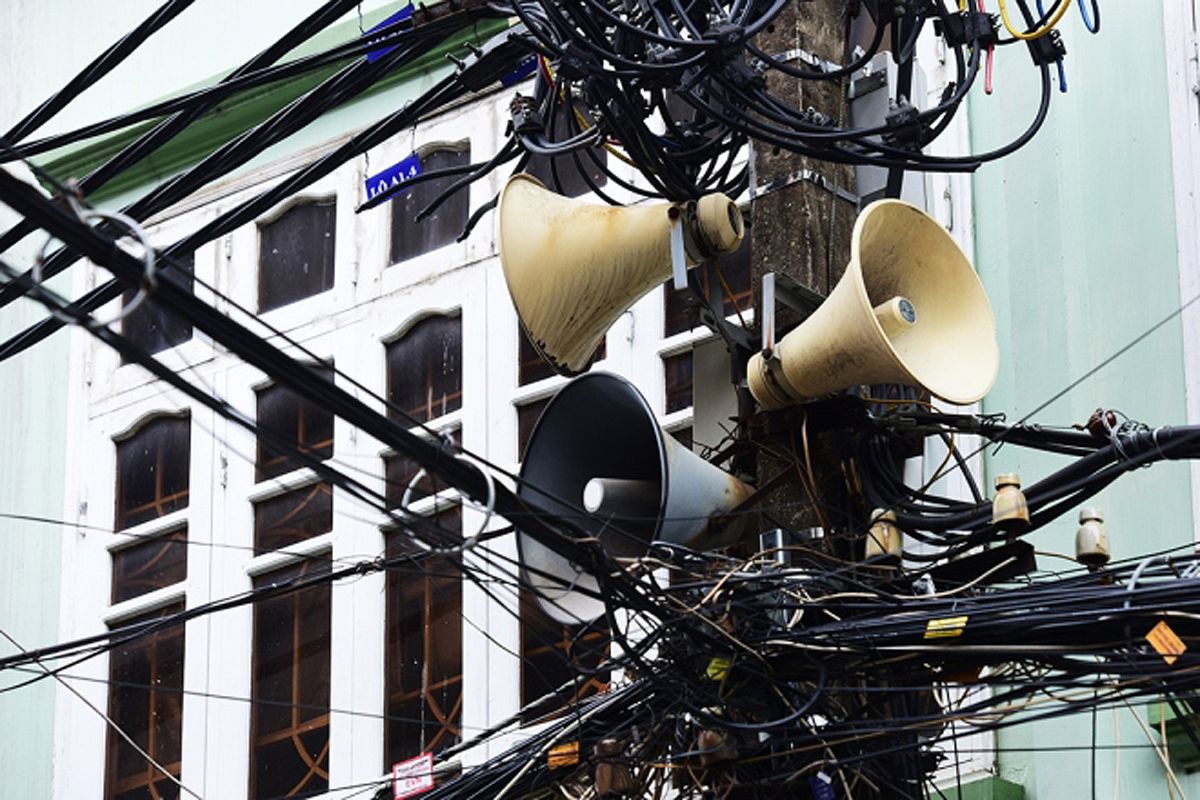Typhoon Doksuri, the most powerful storm to hit Vietnam in a decade, ravaged the central of Vietnam on September 16 and took the lives of six people, drawing greater attention to the layers of harm caused by natural disasters in the central region.
Widespread evacuations prevented a higher death toll, but the effects of the storm on the area’s most impoverished will be the most severe and long-lasting.
According to government sources, more than 193,000 properties were damaged by the storm, including 11,000 which were flooded. The storm was also responsible for extensive damage to farmland, roads, and water and electricity infrastructure, with the provinces of Quang Binh and Ha Tinh being the most seriously impacted.
Central Vietnam is no stranger to these kinds of storms, which are formed in the East Sea, and often intensify, becoming typhoons.
Fortunately, Typhoon Doksuri’s path was accurately predicted so evacuations were effective in minimizing the loss of life. The storm also passed quickly over the affected area, leaving 200-300 millimeters of rainfall.
In Vietnam, the effects of natural disasters are compounded, not only by infrastructure and locale, but by the vulnerable conditions in which many people are forced to live.
For example, the central of Vietnam has a long and exposed coastline to the east. This consists of 14 coastal provinces and five in the Central Highlands. The Truong Son mountain range rises to the west, and river systems there are dense, short and steep with rapid flows. These conditions make the central of Vietnam particularly vulnerable when disasters such as the typhoon hit.
Just last year, the province of Quang Binh and Ha Tinh were flooded by a deluge of water released from a hydrogen power plant, leaving 21 residents dead and thousands displaced.
Poorer communities in central Vietnam are disproportionately affected by floods and storms largely because they depend on the natural environment for their livelihoods. Disasters like Doksuri can create lasting suffering for the region where 30-50% of the people are already living in poverty.
These marginalized groups face greater hardship as they generally have less access to public resources such as insurance or emergency relief. With limited support from local government entities, many will depend on charities to aid them in recovery efforts.


Photos via Zing.
Doksuri is just part of a wave of several tropical storms that have formed in the past few weeks, in both the areas of the Pacific and Atlantic Oceans. Hurricanes Harvey, Irma, and Maria have all attracted media coverage across the globe, and much of the attention has been focused on ways that urban planning, poverty, poor development, politics, and even the media coverage of disasters itself compound the effects of these disasters.
[Top photo via VnExpress]














